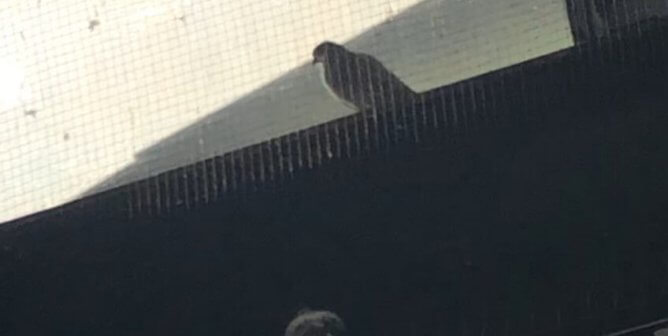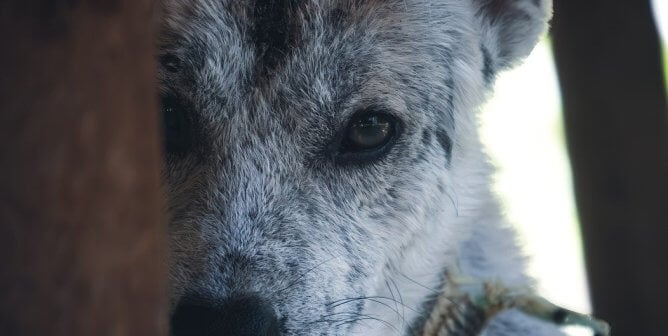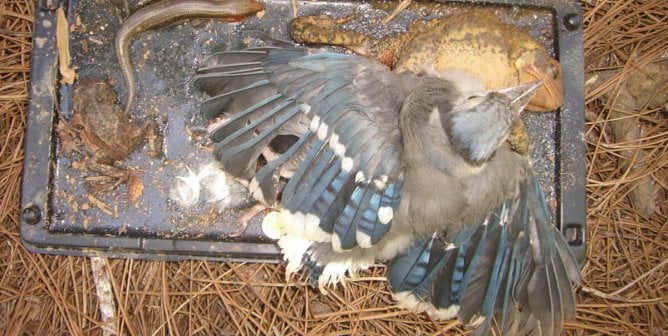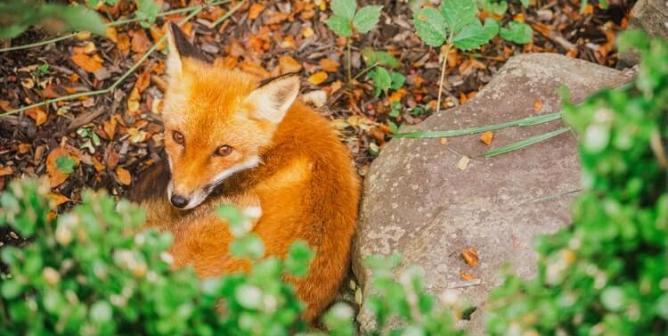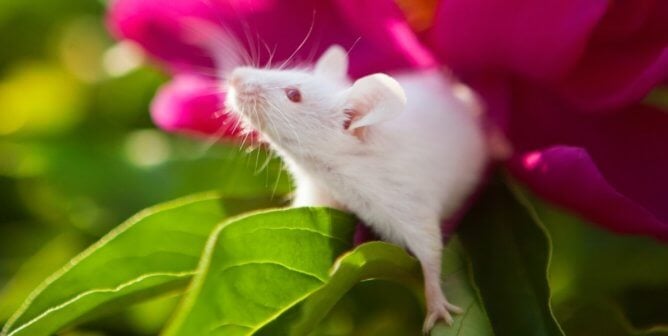Seal Slaughter
Every year, about a half million seals worldwide are subjected to painful and often lingering deaths, largely for the sake of fashion.1 Despite a worldwide outcry over the cruelty of the slaughter and a ban on seal products in many countries, the massacre continues.
Scenes From the Slaughter
Seals are slaughtered in Canada, Greenland, Namibia, Norway and Russia. During Canada’s annual commercial seal slaughter, as many as 400,000 seals can be shot or bludgeoned.2 Canada halted the slaughter of so-called “whitecoats” in 1987, but harp and gray seals lose their white fur at around two weeks of age, so most seals can still be shot or clubbed to death before they reach their first month of life.3
Sealers use a variety of weapons, including clubs, “hakapiks” (heavy wooden clubs topped by a barbed metal hammer head), and rifles. Sealers often hook baby seals in the eye, cheek, or mouth to avoid damaging their fur, then drag them across the ice to skin them.
A senior research fellow at the University of Bristol was part of a veterinary team that observed a seal slaughter in Newfoundland in 2007. He reported “widespread disregard for the requirements of Canada’s marine mammal regulations” and sealers who did not check for vital signs before skinning the seals. Nearly half of the seals documented by the team showed “some response to stimuli after being hooked and dragged,” and the majority of seals who were shot were not immediately killed by the first bullet.4
Worldwide Disapproval of the Seal Slaughter
More than three dozen countries, including the U.S. and members of the European Union, have banned products derived from seals.5 The U.S. Senate unanimously passed a resolution calling for an end to the seal slaughter in Canada.6 After Russian Prime Minister Vladimir Putin declared the seal slaughter a “bloody business,” Russia banned the slaughter of harp seals under a year of age and later banned the import of seal products altogether.7,8 Citing “public moral concerns” about the hunt, the World Trade Organization upheld the EU ban in 2013 and recommended that exceptions be “revised.”9 In 2014, the WTO rejected Canada’s and Norway’s objection to the ban in an unprecedented ruling that noted the necessity to “protect public morals.”10
What You Can Do
Urge Canadian Prime Minister Justin Trudeau to end federal subsidies of the commercial seal slaughter.
References
1Jani Actman, “Demand For Seal Products Has Fallen—So Why Do Canadians Keep Hunting?,” National Geographic, 5 Apr. 2017.
2Ibid.
3Fisheries and Oceans Canada, “Ensuring The Seal Harvest Is Humane,” 6 Mar 2023.
4Andy Butterworth, “Practicalities and Problems,” The Parliament Magazine 16 Feb 2009.
5Rahul Kalvapalle, “India Becomes Latest Country To Ban Imports of Canadian Seal Products,” Global News 6 Apr. 2018.
6Senator Carl Levin, “A Resolution Urging the Government of Canada to End the Commercial Seal Hunt,” S.Res. 84, 24 Mar. 2009.
7“Russia To Ban Seal Hunting,” The New York Times, 9 Dec. 2009.
8“Russia Banning Seal Products Says IFAW,” The Canadian Press 20 Dec. 2011.
9Suzanne Goldenberg, “World Trade Organisation Upholds EU Ban on Imported Seal Products,” The Guardian, 25 Nov. 2013.
10“WTO Rejects Canada, Norway Appeal Against EU Seal Import Ban,” Agence France Presse, 22 May 2014.


